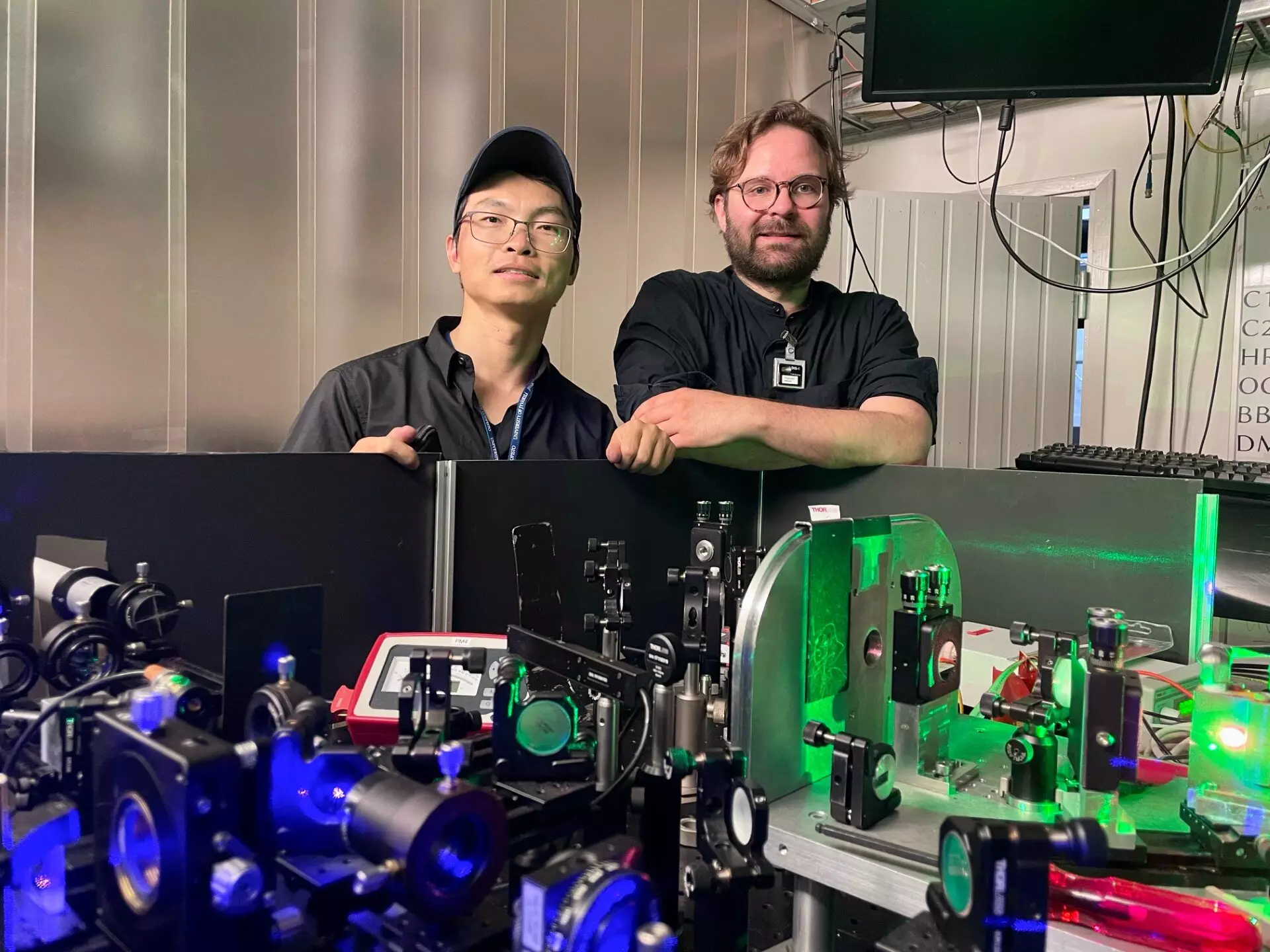The field of nuclear physics continuously strives to unravel the complexities of atomic nuclei, particularly the phenomena surrounding magic numbers. These numbers indicate complete shells of nucleons, leading to enhanced stability. Recent research stemming from the University of Jyvaskyla in Finland has provided significant insights into the vicinity of the magic neutron number, specifically at N=50, focusing on silver isotopes. Understanding the properties of these isotopes not only advances theoretical models but also enriches our comprehension of fundamental nuclear forces, thereby enhancing the global depiction of nuclear structure.
At the heart of this research lies the silver isotope chain, where the neutron shell closure at N=50 is under scrutiny. The area below tin-100, regarded as the heaviest doubly magic nucleus, is characterized by intricate nuclear phenomena. The stability related to shell closure is vital, as it directly influences the behavior of exotic nuclei, aiding in the assessment of shell closure stability and the evolution of single-particle energies. These insights are pertinent to the ongoing studies of the proton-neutron interactions and their implications for long-lived isomers.
Binding energies emerge as essential parameters within this context, serving to align theoretical models with empirical data. They enable more accurate astrophysical predictions, particularly concerning processes such as rapid proton capture. The interplay of precise nuclear data acts as a benchmark that maintains the reliability of theoretical predictions in nuclear physics, a discipline where the theoretical and experimental realms must harmonize meticulously.
The innovation driving this research stems partly from advanced experimental techniques. By employing a novel hot-cavity catcher laser ion source linked to a Penning trap mass spectrometer, scientists have refined their ability to explore the properties of exotic silver isotopes. Central to this methodology is the phase-imaging ion-cyclotron resonance (PI-ICR) technique, which offers unparalleled precision in mass measurements, even for isotopes produced in minuscule amounts.
The research achieved a remarkable precision of about 1 keV/c² for the ground state masses of silver isotopes from 95 to 97, with the ability to measure isomeric states effectively. This achievement underscores the power of modern experimental methods that permit the exploration of previously elusive nuclear properties. The high sensitivity provided by combining these techniques marks a significant leap forward for researchers aiming to delve into the mysterious world of exotic isotopes.
The intricate data gathered about silver isotopes conveys much more than mere numerical values; it paves the way for improved theoretical frameworks. The newfound measurements elucidate the validity of the N=50 shell closure, a point of contention in nuclear physics. As Academy Research Fellow Zhuang Ge indicates, these empirical findings serve as benchmarks that can refine existing nuclear ab initio models and shell models, particularly in regions close to the N=Z line (where neutron number equals proton number).
One of the study’s significant revelations was the precise measurement of the excitation energy of the silver-96 isomer, marking a pivotal moment for understanding odd-odd nuclei. This not only aids theoretical modeling but also positions the silver-96 isomer as a potentially crucial player in astrophysical scenarios, indicating that different states can behave independently in certain nuclear processes.
The implications of this research extend well beyond silver isotopes and the N=50 neutron magic number. As researchers from Jyvaskyla plan ongoing investigations into the ground-state properties in the region below tin-100, the trajectory of nuclear physics could witness transformative developments. The sophisticated experimental setup implemented at the IGISOL facility signifies a forward momentum in the quest for knowledge, promising to enhance our understanding of nuclear forces.
Ongoing studies are likely to provide deeper insights into the behavior of nuclei, potentially illuminating the nuances of shell closures and their stability. It also underscores the dynamic interplay between theoretical predictions and experimental validation, an essential aspect of scientific advancement in nuclear physics.
Research into the silver isotopes and the N=50 shell closure paves the way for a deeper understanding of nuclear stability and structure. The application of cutting-edge experimental techniques not only enhances the resolution of existing measurements but also provides crucial bearings for theoretical modeling. As scientists continue to unveil the intricacies behind nuclear phenomena, the knowledge gathered will undoubtedly foster advancements across a diverse array of applications, from fundamental physics to astrophysics. The journey of uncovering nuclear mysteries promises to thrive on the intersection of innovative techniques and collaborative inquiry, shaping the future landscape of nuclear research.


Leave a Reply
You must be logged in to post a comment.